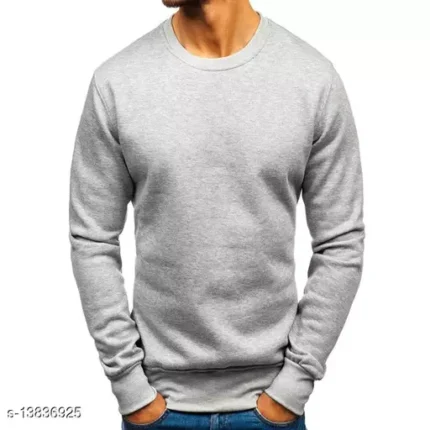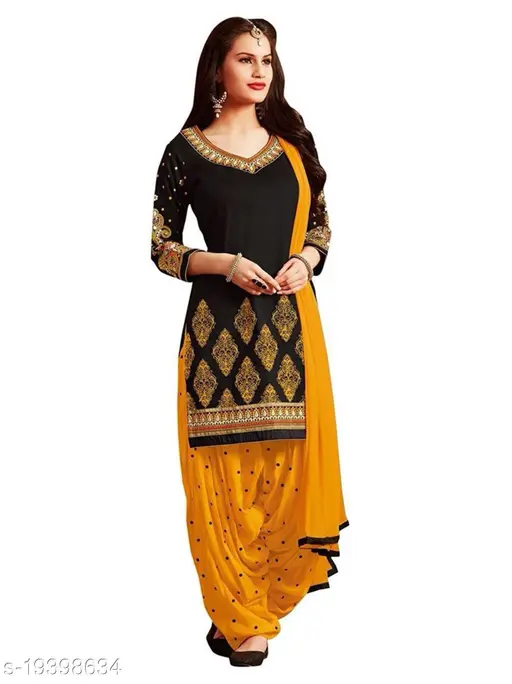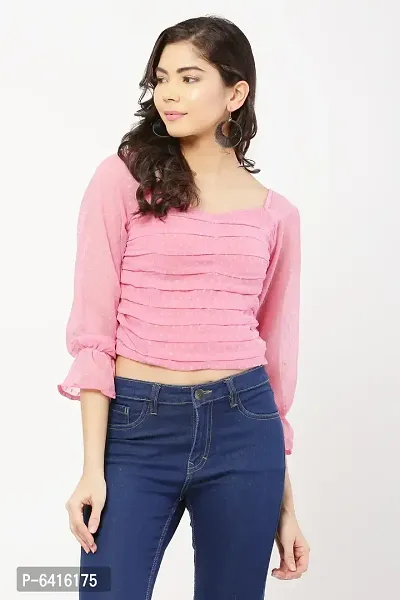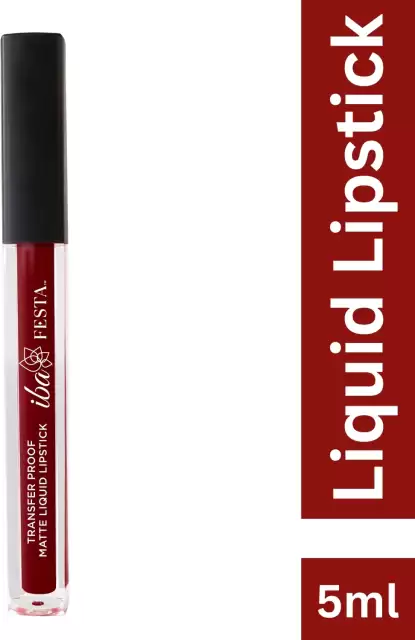Introduction to Vegan Leather Belts
Vegan leather, often referred to as faux leather, is a synthetic alternative to genuine leather. Unlike traditional leather, which is derived from animal hides, vegan leather is typically made from materials like polyurethane (PU) or polyvinyl chloride (PVC). These materials are designed to mimic the look and feel of real leather without involving animal products. Additionally, advancements in material science have led to the development of more eco-friendly alternatives, such as those derived from cork, apple peels, and recycled plastics.
The popularity of vegan leather products has surged in recent years, driven by a growing awareness of environmental sustainability and animal welfare. Environmentally conscious consumers are increasingly seeking out cruelty-free fashion, and men’s vegan leather belts are no exception. These belts offer a compelling blend of style, ethics, and practicality, making them a favored choice among modern consumers.
One of the primary benefits of choosing vegan leather belts is their durability. High-quality vegan leather can withstand wear and tear, often outlasting traditional leather in terms of longevity. Furthermore, vegan leather belts are generally more affordable, providing a cost-effective alternative without compromising on aesthetics or quality.
Ethical considerations also play a significant role in the rising popularity of vegan leather. By opting for vegan leather belts, consumers can make a statement against animal cruelty and support more humane practices in the fashion industry. This ethical choice aligns with the values of many individuals who are passionate about animal rights and environmental conservation.
The market for men’s vegan leather accessories is expanding rapidly, offering a diverse range of options to suit various tastes and occasions. From casual belts perfect for everyday wear to sophisticated designs suitable for formal events, the variety available ensures that there is a vegan leather belt for every style and need. This growing selection underscores the increasing demand for cruelty-free and sustainable fashion choices, paving the way for a more ethical and environmentally friendly future in the fashion industry.
Choosing the Right Vegan Leather Belt for Men
When selecting a vegan leather belt for men, several key factors should be taken into account to ensure both functionality and style. One of the first considerations is the size of the belt. To determine the right size, measure your waistline where you typically wear your belt and add 2 inches to this measurement. This ensures a comfortable fit that is neither too tight nor too loose.
The width of the belt is another crucial aspect. For formal occasions, a narrower belt, typically around 1-1.5 inches, is ideal as it complements suits and dress pants. On the other hand, casual occasions call for a wider belt, approximately 1.5-2 inches, suitable for jeans and casual trousers.
Next, consider the buckle type. Traditional prong buckles are classic and versatile, fitting a variety of looks from casual to formal. Automatic ratchet buckles offer a modern twist, providing easy adjustment without the need for preset holes, making them perfect for a sleek, contemporary style. Reversible buckles are practical for those seeking versatility, as they allow the belt to be flipped for a different color or texture on the opposite side, enhancing its adaptability to various outfits.
Color selection is also vital in creating a cohesive look. Neutral hues like black, brown, and tan are timeless choices that can be easily matched with different shoes and accessories. For a more daring touch, consider belts in shades like navy or burgundy, which can add a pop of color to your ensemble while still maintaining sophistication.
Lastly, proper maintenance of your vegan leather belt is essential for its longevity. Clean the belt with a damp cloth and mild soap, avoiding harsh chemicals that could damage the material. Store the belt in a cool, dry place, preferably hanging or rolled to prevent creases and deformities.




























Reviews
There are no reviews yet.